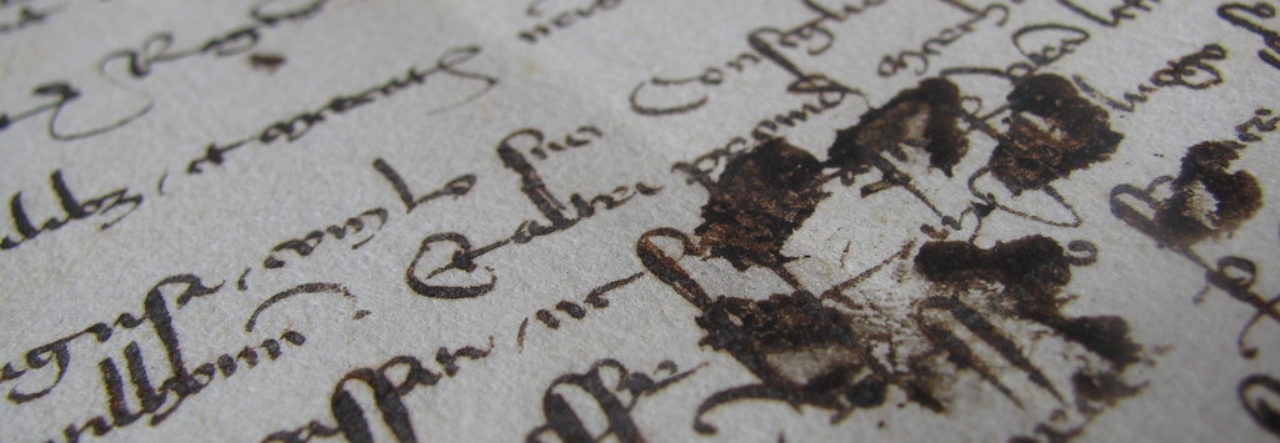Wigs and false hair have a long and noble history, but they really came into their own in the later 17th and 18th centuries. During this period, they were not just aids for balding men, but were de rigeur for anyone who wanted to look fashionable. The first half of the 17th century saw long …



